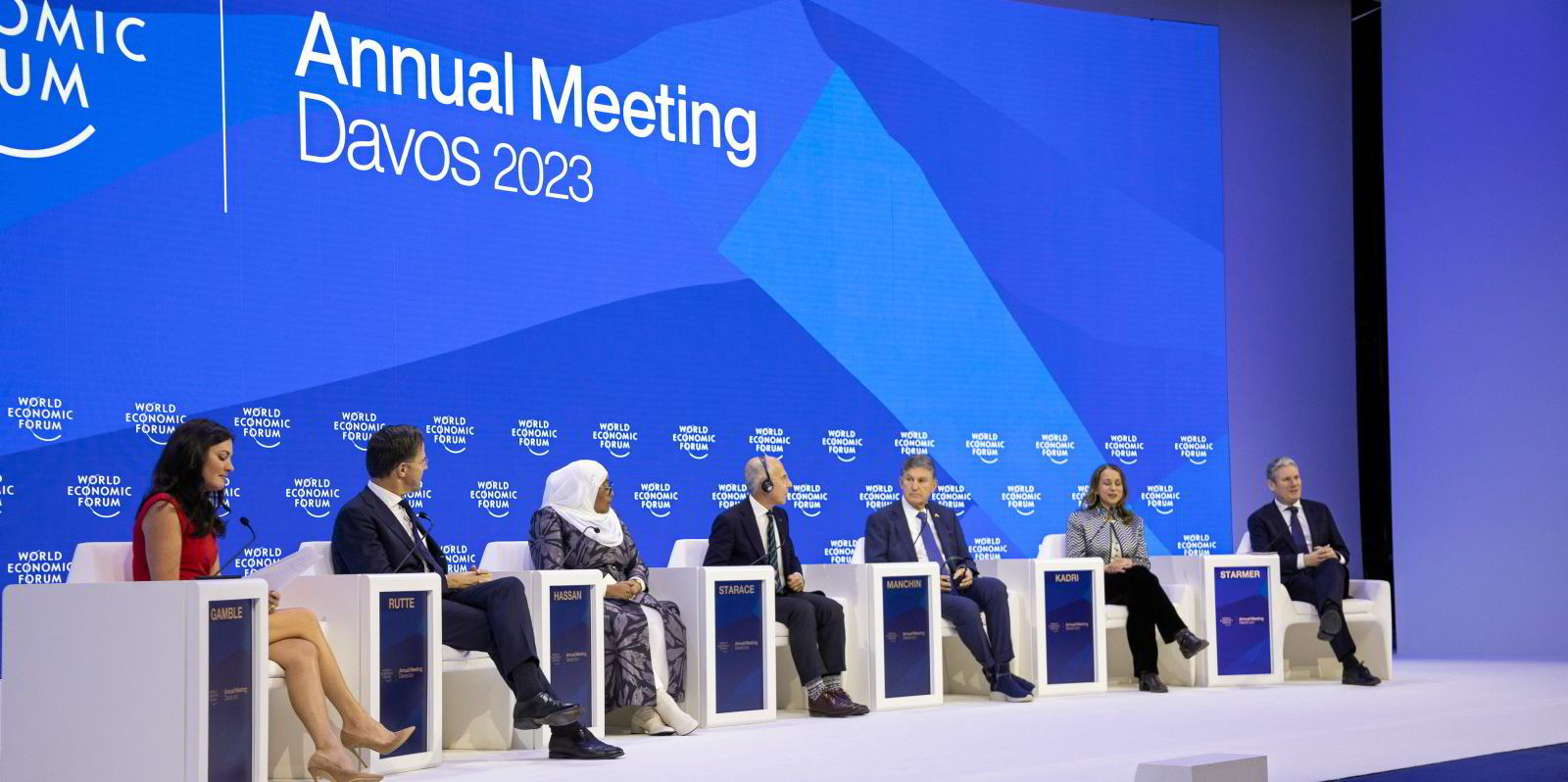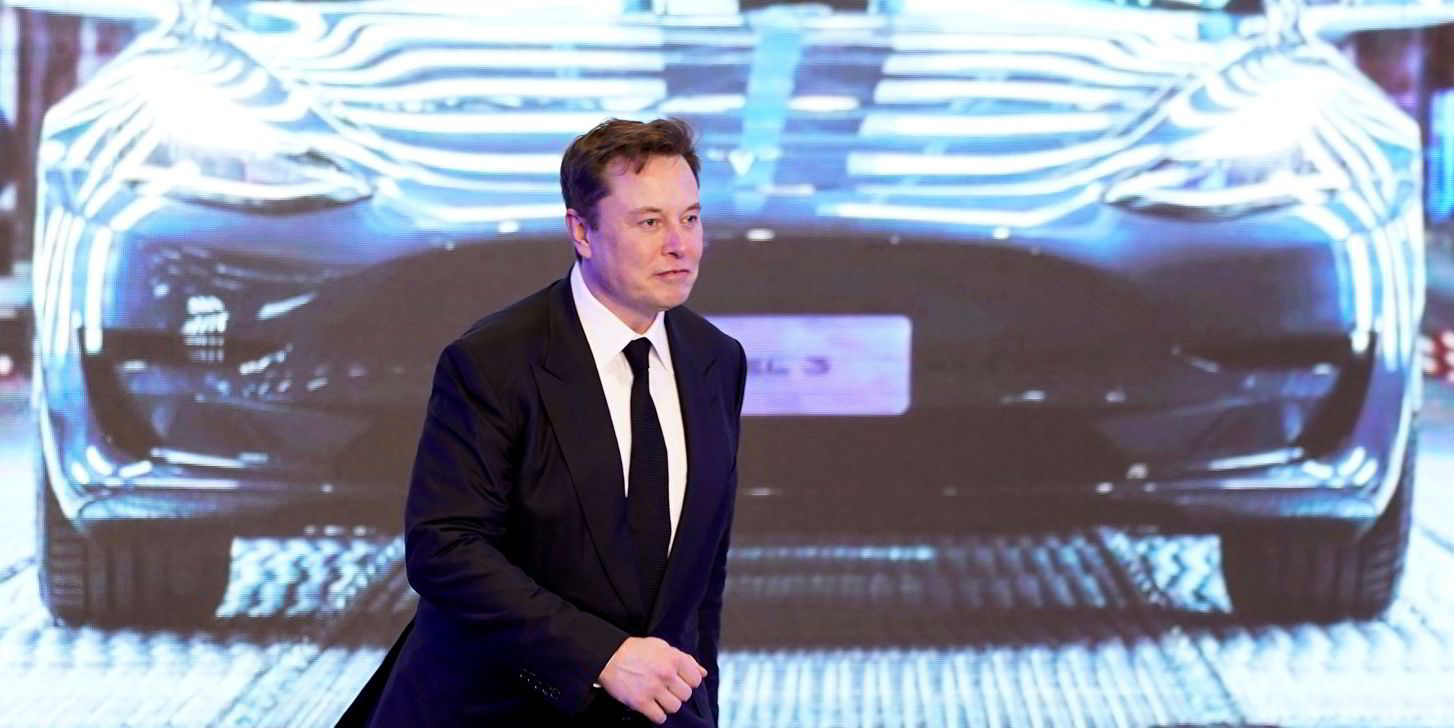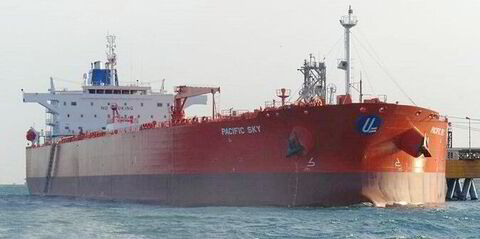Political and business leaders gathered for their annual World Economic Forum in Davos this week were in a cautious if not solemn mood.
Participants at the Swiss Alpine resort — dubbed the Magic Mountain after the Thomas Mann novel — desperately sought some fairy dust to scatter over a troubled landscape below.
They hoped that the end of lockdowns in China, a green spending boom in the US and falling energy inflation will be enough to avoid a global recession with the International Monetary Fund now predicting a distinct upturn in the second half of this year.
Confidence in the industrial environment was scarred by Covid lockdowns in 2021 only to be hit further by the Russian invasion of Ukraine in 2022.
Many arms of the shipping markets have been beneficiaries of the turbulent changes in the trading landscape but the overall economic outlook remains uncertain.
China, on Tuesday, revealed its total economic growth last year was 3%, the second-lowest level for 40 years.
This is way down on start-of-the-year government estimates of 5.5%, which were themselves far short of the actual 8% level in 2021 or the 11% figure for 2010.
Most expect a certain bounce back in the next 12 months now that President Xi Jinping has abandoned his previous commitment to a zero-Covid policy that led to the enforcement of draconian lockdowns that slammed the brakes on industrial output.
Regardless, China is still battling higher costs, a property crisis and the first population decline in 60 years.
That latter point means the end of a demographic dividend that has been a structural driver for economic growth. Experts say the country is also ill-prepared medically for the needs of an ageing population. At the same time, geopolitical tensions between China and the US plus allies have undermined trade and investment confidence there.
Many Western companies have already outsourced work to other lower-cost manufacturing sites in Asia — or brought it back home.
You will not find huge US technology brands such as Apple, which were almost completely dependent on China, allowing this to happen in future.
Some of these structural changes have been advantageous to shipping and others have not.
Pros and cons for shipping
There is no doubt that Covid lockdowns and the Ukraine war have doubled down pressures against the past globalisation trade growth.
It is no surprise that the Davos slogan this year is “Cooperation in a fragmented world”.
The “just in time” supply chain strategy has changed to a more cautious “just in case” strategy, notes the Financial Times’ foreign affairs commentator, Gideon Rachman.
Meanwhile, a new report from Boston Consulting Group cemented the idea that an era of trade-led global growth that has held sway over past decades has ended.
“Global trade has been hammered by protectionism, pandemic and war. The impact of these forces will influence trade flows around the world for the foreseeable future,” it warned.
Global trade has been hammered by protectionism, pandemic and war. The impact of these forces will influence trade flows around the world for the foreseeable future
— Boston Consulting Group
The consultancy firm predicts annual trade growth of 2.3% over the years to 2031, compared with its predictions for annual world economic growth of 2.5%.
South East Asian countries such as Vietnam will be the biggest beneficiaries of the future decade — increasing business with China itself and Japan but also the US and Europe, argues Boston Consulting.
Despite all these tensions, the shipping community as we know recorded in 2022 what Clarksons described as “another remarkable year” of soaring freight rates and profits.
And container sector apart, it looks like the industry is trying to avoid overbuilding with new orders in gross tonnage terms plummeting by 20% in 2022 over the previous year, according to Clarksons Research.
This was partly due to a massive decline in tanker and bulker orders even as there was a major increase in gas carriers and container ships.
Part of the decline in tonnage terms is due to rising costs. The London-headquartered broking house notes that the price of orders rose by 15% last year on average but that also reflects the fact that LNG carriers are highly sophisticated and expensive. Clarksons estimates the total investment in gas carriers was just under $40bn in 2022 alone.
This in turn is driven by widespread optimism about demand for the future use of this fossil fuel, a cleaner alternative to coal in power stations.
It also reflects the move away by European buyers from Russian pipeline gas in favour of LNG shipments from the US and Middle East.
With no sign yet of any clear winner or peaceful solution to the Ukraine war, this trend will continue and — as the Davos slogan shows — is now built into official future thinking.
So, shipping steams on merrily: maybe fairy dust from the Magic Mountain is coming out of those funnels.(Copyright)





